8 popular wireless technology standards today
Although cables and wires still play a major role in the transmission and reception of information, the use of wireless headsets, web surfing at Wi-Fi hotspots . is becoming familiar and has a great impact on everyday life. day.
Bluetooth
Bluetooth is not only used to transfer data between mobile devices and connect headphones to phones but also appears in a variety of devices such as digital cameras, laptops, PCs and game consoles. Bluetooth chips use radio signals to transmit data within a narrow range, usually about 30 meters.
Bluetooth 2.0, the most integrated version of today's devices, can exchange low or medium bandwidth information packages at a rate of 3 Mbps. This technology uses relatively low power.
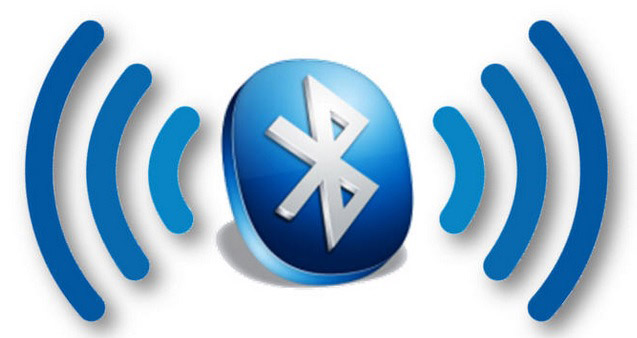 8 popular wireless technology standards today Picture 1
8 popular wireless technology standards today Picture 1
Bluetooth Low Energy uses less power than standard Bluetooth and is used in hardware such as fitness activity monitors, smart watches and other connected devices for wireless data transmission without affecting Much to the battery in the user's phone.
BLE is just beginning to become popular recently.The technology was originally introduced by Nokia smartphone manufacturer in 2006, but has not yet become part of the official Bluetooth standard until 2010. Today, BLE, also known as Bluetooth Smart, Supported by the majority of smart phone and computer manufacturers for most major operating systems including Windows 8, OS X, Linux, Windows Phone, Android and iOS.
Bluetooth uses UHF radio waves to transmit data.This technology was originally standardized as IEEE 802.15.1, but the IEEE no longer maintains that specific standard.Companies operating with Bluetooth are often associated with the Bluetooth Special Interest group (SIG).The group currently has more than 20,000 members and must certify a product before it reaches consumers or businesses.That certification helps ensure that all Bluetooth devices work in a standard way and provide a similar experience for consumers.
- Instructions for using Bluetooth on devices
- What is Bluetooth 5?What benefits does it have for our lives?
Wibree
 8 popular wireless technology standards today Picture 2
8 popular wireless technology standards today Picture 2
Technology developed by Nokia can send a small amount of data at a rate of several kilobits per second between two devices that require very little energy. It will be applied in products such as watches, game sensors, medical devices .
SIG, which specializes in Bluetooth standards, approved Wibree and is developing it to be compatible with Bluetooth devices. The first product is expected to appear in 2008.
Zigbee
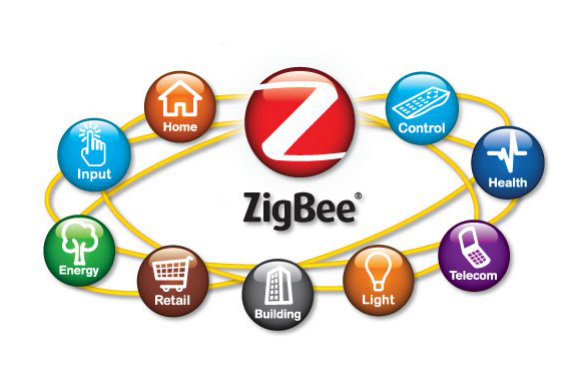 8 popular wireless technology standards today Picture 3
8 popular wireless technology standards today Picture 3
Zigbee allows transferring information to multiple devices at the same time (mesh network) instead of only 2 products interacting with each other such as Bluetooth and Wibree. Zigbee's operating range is being improved from 75 meters to several hundred meters.
This technology requires less energy than Bluetooth, but the speed is only 256 Kb / sec. It will be applied in household automation systems such as lighting and heating.
ZigBee is an open global standard and is specifically designed for use in M2M networks.This technology does not cost too much money and manpower to operate, so it becomes an ideal solution for many industrial applications.This technology has a low latency and duty cycle, allowing the product to maximize battery life.
The ZigBee protocol provides 128-bit AES encryption.This technology is also used inMesh networks, allowing nodes to be connected through multiple paths.This wireless technology is expected to be used in smart home devices.This technology's ability to connect multiple devices together is ideal for a home-connected environment where users may want things like smart locks, lights, robots and kits. Heat can connect with each other.
ZigBee recently standardized this technology in hopes of gaining that connectivity.Currently all ZigBee devices are not capable of interacting with other ZigBee devices.Hopefully the standardization will fix that problem and the device will create a unified experience for users.
NFC
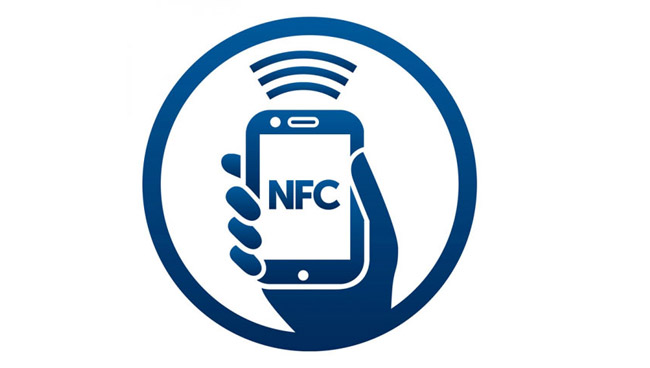 8 popular wireless technology standards today Picture 4
8 popular wireless technology standards today Picture 4
NFC devices can only transmit a few kilobits of data wirelessly within a few centimeters, so it ensures safety when users want to exchange sensitive information.
Mobile manufacturers seem to be interested in this technology and claim that NFC phones will be used to pay bills when users drink coffee or buy newspapers . It will also appear in electronic keys, tickets and travel documents.
Wireless USB
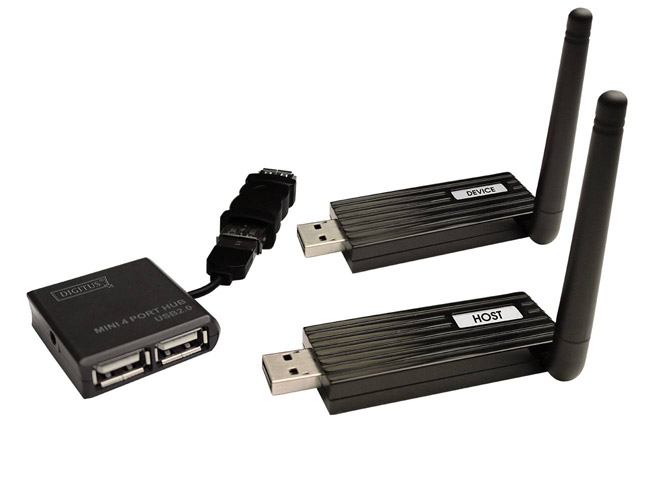 8 popular wireless technology standards today Picture 5
8 popular wireless technology standards today Picture 5
Wireless USB has the same features as USB but does not need cables. It supports printers, cameras, removable hard drives . wirelessly connected to a computer.
Wireless USB uses the UWB (ultra-wideband) platform with speeds up to 2 GB / sec, allowing high-resolution video to be sent without consuming too much power. The first Wireless USB products have just begun to be introduced to the market.
WIFI
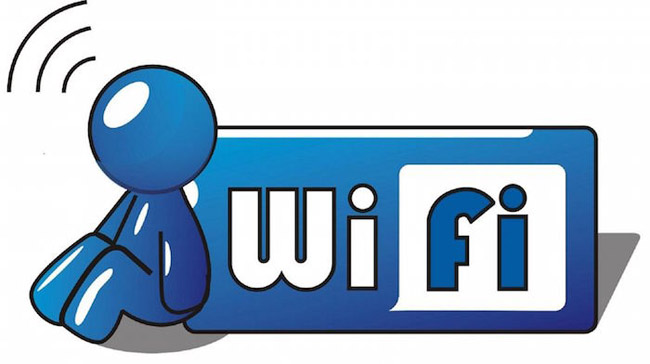 8 popular wireless technology standards today Picture 6
8 popular wireless technology standards today Picture 6
This wireless Internet connection technology is very popular in homes, offices, cafes and some big city centers. In addition, Wi-Fi is also used to connect home appliances such as TVs and DVD players to computers.
The Wi-Fi 802.11b / g standard can transmit 54 MB / sec data while the 802.11n pending version reaches 200 MB / sec. However, Wi-Fi consumes a lot of power when compared to Bluetooth or Zigbee.
WiFi uses radio waves (RF) to allow two devices to connect to each other.This technology is most commonly used to connect Internet routers to devices such as computers, tablets and phones.However, it can also be used to connect any two hardware together.WiFi is an internal wireless network running 802.11 standards specified by the Institute of Electrical and Electronics Engineers (IEEE).
WiFi can use both global 2.4GHz and 5GHz SHF ISM bands. The WiFi Alliance confirms some products, allowing them to be labeled " Wi-Fi Certified ". To receive that certificate, the product must go through Alliance's interoperability certification process.
802.11b, 802.11g and 802.11n run on the 2.4GHz ISM band. The band is susceptible to interference from some Bluetooth devices as well as some microwave and wireless phones. Devices running on both bands can operate in the United States without an FCC license, but still require FCC 15 certification.
Dect
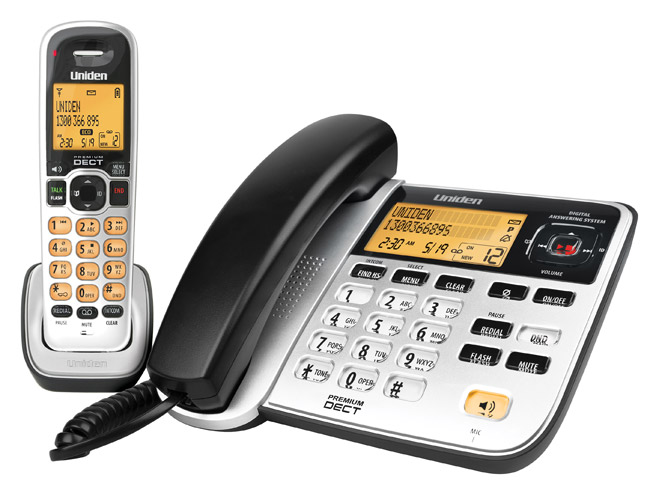 8 popular wireless technology standards today Picture 7
8 popular wireless technology standards today Picture 7
Dect (Digitally Enhanced Cordless Telecommunications) is used in wireless landline phones. Using radio signals, it can make calls within 100 meters.
Dect is considered a "particularly successful" technology because this phone model is favored by many families worldwide.
Cat (Cordless Advanced Technolog) technology, Dect-based development, will support VoIP and radio services, allowing users to listen to the Internet on the Internet or search online phone directories. The first products will appear later this year.
WiMax
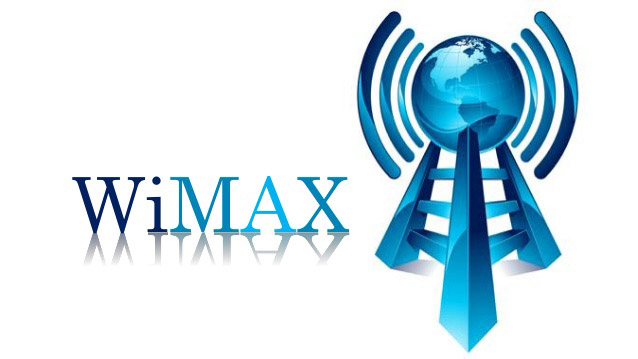 8 popular wireless technology standards today Picture 8
8 popular wireless technology standards today Picture 8
WiMax stands for Worldwide Interoperability for Microwave Access - Worldwide interoperability for Microwave Access. This wireless technology allows data transfer at speeds of 30-40 MB / sec. This term specifically refers to the implementation of IEEE 802.16 wireless compatible. This technology has been used by some mobile carriers, especially Sprint, to provide wireless data to its customers. Sprint, along with many other service providers, used this technology, and then switched to using 4G LTE network for faster data transfer.
The WiMax Forum will validate the device before selling them to consumers or businesses. This technology can be used both indoors and outdoors. However, WiMax devices often have better signals when used outside or through a window.
See more:
- What is Beamforming Technology? How does it optimize WiFi networks?
- What is MU-MIMO? Why should your next WiFi router have MU-MIMO?
- What is WPA3 and when will you have it on your Wi-Fi?
You should read it
- The difference between Wireless and True Wireless headphones
- How to Use Wireless Headphones
- Learn about Bluetooth technology
- World wireless technology
- UWB Technology: Promising future
- Interesting origin of Bluetooth terminology
- What is wireless HDMI? Should I use it?
- Compare Zigbee and Z-Wave, 2 wireless technologies for smart home
- Wireless network journey: From Wi-Fi to WiMax
- How to Connect Wireless Headphones on PC or Mac
- New generation wireless initiatives
- How to charge the iPhone wirelessly?






 Wireless standards are highly appreciated today
Wireless standards are highly appreciated today Explanation of today's most popular WiFi standards
Explanation of today's most popular WiFi standards WiFi - 802.11b, 802.11a, 802.11g, 802.11n and 802.11ac standards
WiFi - 802.11b, 802.11a, 802.11g, 802.11n and 802.11ac standards Wireless LAN technologies and Microsoft Windows
Wireless LAN technologies and Microsoft Windows The difference between Wireless and True Wireless headphones
The difference between Wireless and True Wireless headphones What is wireless HDMI? Should I use it?
What is wireless HDMI? Should I use it?